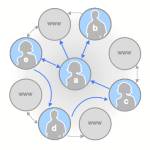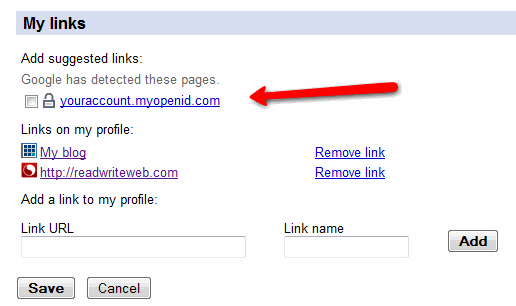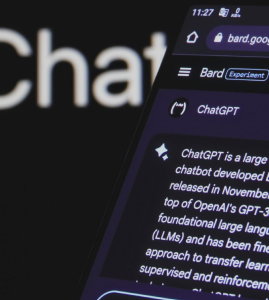this February, Google released its Social Graph API, which allows developers to give users the option to easily find data on their social connections around the web. Google itself, however, hasn’t really implemented any of this technology yet. Starting today, however, it seems Google is starting to surface some of this information from your Social Graph in your Google Profile, which might be a first sign that Google is planning to do more with these profiles than it has done so far. Google has also started implementing the hCard microformat there. The first person to noticed this was Chris Messina.

Google’s Social Graph API harnesses this information from XFN and FOAF data that is published by WordPress, Twitter, or any other social network or blog that wants to implement these open standards.

Once you open your Google Profile, you might start seeing some suggested links at the bottom of the page (as usual, it seems Google is rolling this out slowly) and, as far as we can see, these links are pulled from your Social Graph. If you don’t see anything there, you can help your profile along by, for example, adding a link to your FriendFeed account at the bottom of the page. After you do that, Google will suggest adding the feeds you import into FriendFeed to your profile and, from there, it draw even more conclusions about your online habits.
hCard
Also, as Chris Messina points out in this video, the profiles now also support the hCard microformat, which makes importing them into other products a lot easier.
Privacy
When Google first announced the Social Graph API, we had some concerns about the privacy implications of this. After all, nobody on the net knows more about your behaviors than Google. For now, Google seems to be moving slowly and by just rolling out suggested pages for your profile, it doesn’t startle users with too much information.
The Grand Google Profile?
Google, so far, never really pushed the profile. Right now, it is only exposed in Google Maps. However, if Google starts pushing it a bit more, especially now that it is linked to you social graph, it could potentially start marketing the profile as ‘the’ central repository for your online identity.
Google is already a member of the DataPortability workgroup, which also advocates the use of microformats like hCard and XFN. These additions to the Google Profile could suggest that Google does indeed have greater plans for it has let us to believe so far.
If you are not quite clear about how the Social Graph API works, here is a short video of a Google engineer explaining how it works:</>

















